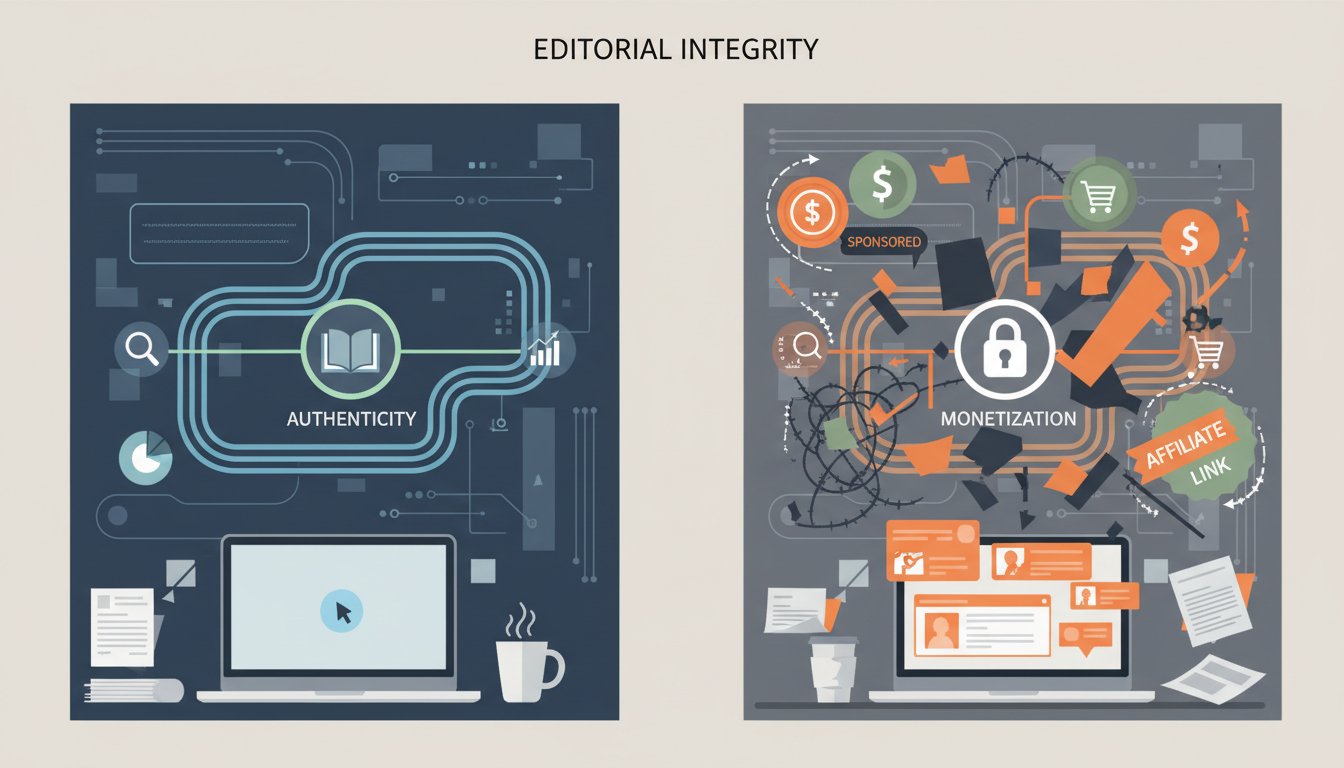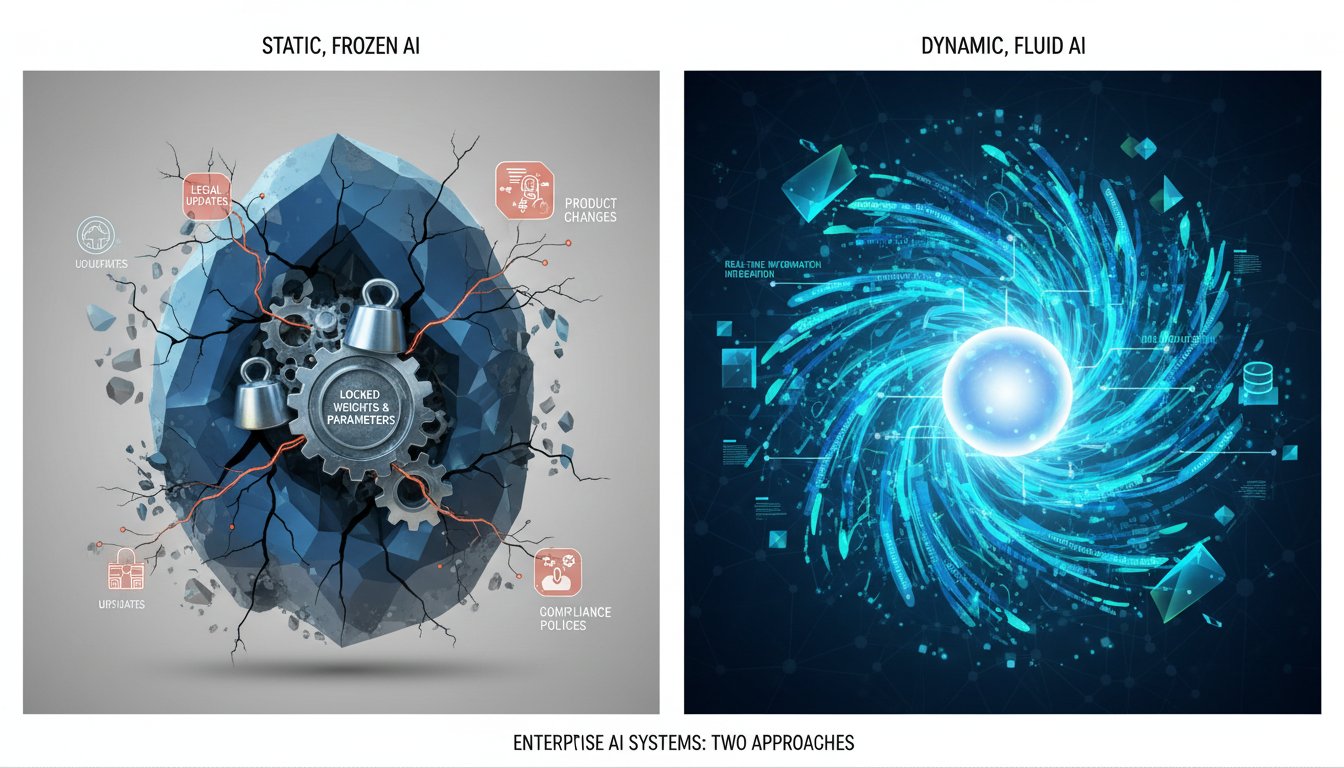Here’s how to build your first Enterprise-Grade RAG System
Introduction
Imagine your organization, brimming with valuable data—internal documents, customer interactions, research findings, proprietary knowledge—yet struggling to unlock its full potential efficiently. What if you could empower your teams with an Artificial Intelligence (AI) that deeply understands your internal knowledge base and provides accurate, context-aware answers instantly? This isn’t a distant dream; it’s the power of an enterprise-grade Retrieval Augmented Generation (RAG) system. Many organizations are exploring RAG’s capabilities for customer support, R&D acceleration, and more. But they often ask: “How do we build one tailored to our specific needs?”
Implementing an enterprise RAG system may seem complex, involving technical jargon, architectural choices, and numerous tools. Common challenges include integrating RAG with diverse data silos, ensuring security and privacy, managing operational costs, and achieving accurate outputs without AI “hallucinations”—a concern highlighted by industry reports. “RAG sprawl”—multiple uncoordinated projects—can lead to inefficiency and governance issues.
This guide aims to demystify the process of building a robust, enterprise-grade RAG system, breaking down the journey into actionable steps—from data preparation and embedding model selection to setting up vector databases and prompt engineering. We’ll include insights from successful implementations like Dropbox’s Dash and emerging best practices from cloud providers like AWS.
By the end, you’ll have a clear roadmap for architecting and building your organization’s first enterprise RAG system, understanding core components, deployment considerations, and strategic approaches tailored to your data landscape.
Understanding the Core Components of an Enterprise RAG System
The Knowledge Base: Your Data Foundation
The knowledge base is the core of your RAG system—curated, relevant data that your AI will learn from and use. Data quality and structure are vital.
- Importance of Quality, Domain-Specific Data: Use high-quality, relevant data like internal wikis, technical docs, project reports, customer logs, legal or financial documents. Well-curated data boosts accuracy.
- Data Ingestion, Cleaning, and Preprocessing: Establish pipelines to extract, clean, and preprocess data—removing duplicates, correcting errors, standardizing formats—to ensure reliability.
- Chunking Strategies for Optimal Retrieval: Break lengthy documents into coherent chunks, considering context window limits of LLMs, for effective retrieval.
Embedding Models: Translating Data into Meaning
Transform data into embeddings—numerical vectors capturing semantic meaning.
- Role of Embeddings in Semantic Search: Convert text into vectors where similar concepts are close together, enabling semantic search beyond keywords.
- Choosing the Right Model: Select models (e.g., Sentence Transformers, proprietary APIs) based on performance, privacy, and cost.
- Impact of Embedding Quality: High-quality embeddings improve retrieval relevance, leading to better answers.
Vector Databases: The Heart of Retrieval
Store and query embeddings efficiently.
- What Are Vector Databases?: Optimized for similarity searches in high-dimensional spaces, with options like FAISS, Milvus, Weaviate, or cloud services.
- Key Features: Scalability, low latency, metadata filtering, and robust data management.
The LLM Generator: Crafting Coherent Answers
Generate answers from retrieved info.
- Role of LLMs: Synthesize context into human-readable responses.
- Choosing an LLM: Consider performance, context size, speed, cost, and customizability.
- Prompt Engineering: Design prompts to guide the LLM, ensure factual accuracy, tone, and format.
Step-by-Step: Building Your Initial Enterprise RAG Pipeline
Step 1: Data Preparation and Ingestion
- Connect to data sources like SharePoint, databases, APIs.
- Implement pipelines for cleaning and chunking—extract text, remove noise, segment logically.
- Extract metadata for filtering and context.
Step 2: Generating and Storing Embeddings
- Select and deploy embedding models.
- Batch process data for initial embeddings; plan for updates.
- Populate vector database with embeddings and metadata.
Step 3: Implementing the Retrieval Mechanism
- Process user queries, generate query embeddings.
- Search vector database for nearest neighbors.
- Retrieve top-k relevant chunks.
Step 4: Augmenting the Prompt and Generating the Response
- Construct prompts with user query and retrieved context.
- Call the LLM API.
- Present answers, optionally cite sources.
Key Considerations for Enterprise-Grade RAG
Scalability and Performance
- Design for growth; leverage cloud solutions.
- Optimize query latency with caching and efficient indexing.
- Manage data updates efficiently.
Accuracy, Reliability, and Hallucination Mitigation
- Address LLM hallucinations—use grounded prompts, relevance scoring.
- Evaluate systematically with metrics.
- Explore advanced techniques like knowledge graph integration.
Security and Data Governance
- Secure data with encryption, strict access controls.
- Ensure compliance with GDPR, HIPAA, etc.
Observability and Monitoring
- Monitor KPIs: latency, errors, resource use.
- Log queries for insights.
- Use dashboards and alerts.
Moving Beyond Your First RAG: Iteration and Advanced Strategies
Gathering User Feedback and Iterative Improvement
- Implement feedback mechanisms (thumbs, comments).
- Use feedback for continuous refinement, as Dropbox did with Dash.
This guide provides a comprehensive starting point. Building a production-ready RAG system involves ongoing iteration, user engagement, and staying abreast of emerging best practices.




